Sabitha Pillai-Friedman, PhD, LCSW

Highlights
general_content
Sabitha Pillai-Friedman, PhD, LCSW, CST, is an assistant professor at the human sexuality program at Widener University. She is a psychotherapist and certified sex therapist who works with individuals and couples in her private practices in Center City, Philadelphia and Bala Cynwyd, Penn. She has over 20 years of experience in providing individual, couple and sex therapy.
Dr. Pillai-Friedman presents nationally and internationally on various topics related to relationships and sexuality and has done interviews on CN8, NBC and National Public Radio.
